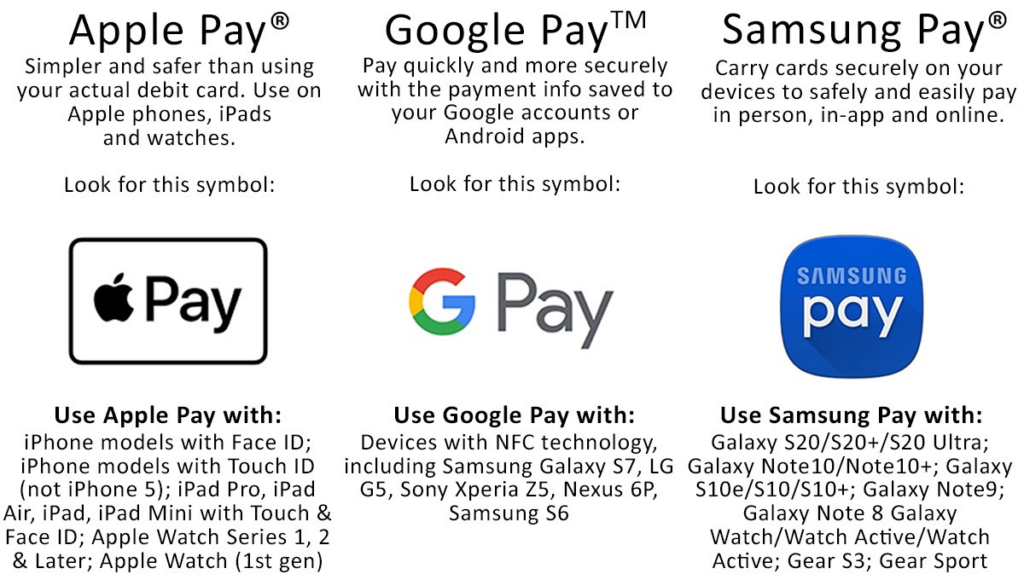In the rapidly evolving landscape of e-commerce, payment methods have become a pivotal aspect of the customer experience. As technology advances, so do the options available for consumers to complete transactions securely and conveniently. The evolution of technology has not only accelerated the pace of online commerce but has also paved the way for a diverse array of options, revolutionizing the way consumers interact with businesses.
One notable trend in this evolution is the increasing emphasis on security measures. As online transactions burgeon, so do concerns about data breaches and fraud. Consequently, financial institutions are continuously innovating to implement robust security protocols, including biometric authentication, tokenization, and encryption technologies. This not only safeguards sensitive information but also fosters trust between businesses and consumers, a pivotal element in sustaining a successful e-commerce ecosystem.
Moreover, the convenience and seamlessness of payment processes are paramount. The advent of digital wallets, contactless payments, and one-click checkout options has redefined the user experience. Customers now expect not only secure transactions but also swift and hassle-free payment procedures. E-commerce platforms that prioritize user-friendly payment methods gain a competitive edge, as they cater to the modern consumer’s demand for efficiency and simplicity.

Payment Trends that are shaping the E-Commerce Landscape
1. Frictionless Checkouts: Redefining the Customer Experience
One of the most noticeable shifts in e-commerce payments has been the focus on creating frictionless checkouts. Retailers are leveraging advanced technologies like one-click payments, digital wallets, and biometric authentication to streamline the buying process. This not only reduces cart abandonment rates but also enhances customer satisfaction and loyalty.
2. Mobile Payments: The Dominance Continues
With the ubiquity of smartphones, mobile payments have solidified their position as a cornerstone of e-commerce transactions. Platforms like Apple Pay, Google Wallet, and Samsung Pay are providing users with a seamless and secure way to make purchases directly from their mobile devices. Retailers that optimize their platforms for mobile payments are well-positioned to tap into this growing market.

3. Contactless Payments: The New Normal
The global pandemic accelerated the adoption of contactless payments as consumers sought safer ways to transact. NFC technology and QR codes have become integral components of the retail experience. This trend is likely to persist as consumers continue to prioritize hygiene and convenience in their purchasing decisions.

4. Buy Now, Pay Later (BNPL): Empowering Financial Flexibility
Buy Now, Pay Later services are transforming how consumers approach online shopping. By offering flexible options, such as installment plans or deferred payments, retailers are catering to a broader audience, including those who may not have immediate access to traditional credit. This trend empowers consumers with greater financial flexibility while boosting average transaction values for businesses.
5. Cryptocurrency: The Future of E-Commerce Payments?
The adoption of cryptocurrencies like Bitcoin and Ethereum in e-commerce is gaining momentum. With benefits like reduced transaction fees, enhanced security through blockchain technology, and the potential to tap into a global customer base, businesses are starting to explore this innovative payment method. While still in its early stages, the integration of cryptocurrencies could revolutionize the e-commerce landscape.

6. Personalization and Data Security: Striking the Right Balance
As e-commerce platforms collect an increasing amount of customer data, striking a balance between personalization and data security is paramount. Consumers are more inclined to trust businesses that prioritize their privacy while still offering tailored shopping experiences. Implementing robust data protection measures and transparent data usage policies will be essential in maintaining customer trust.
In conclusion, the e-commerce landscape is undergoing a profound transformation driven by technological advancements and shifting consumer preferences. From seamless checkouts to the potential integration of cryptocurrencies, businesses must stay agile and adapt to these trends to thrive in the competitive e-commerce space.
As we move forward, the key to success will be understanding the diverse needs of consumers and leveraging innovative payment solutions to create a secure, convenient, and personalized shopping experience. Embracing these trends will not only drive revenue but also foster long-lasting customer relationships in an ever-evolving digital marketplace.
To talk more about the market, finding the right people, or discovering new opportunities, please visit our website or call 01327 856127.








